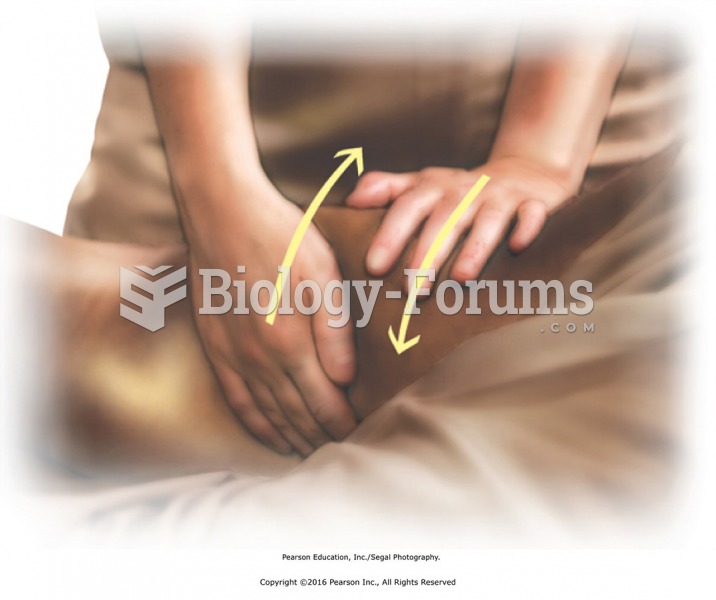|
|
|
Of the estimated 2 million heroin users in the United States, 600,000–800,000 are considered hardcore addicts. Heroin addiction is considered to be one of the hardest addictions to recover from.
It is important to read food labels and choose foods with low cholesterol and saturated trans fat. You should limit saturated fat to no higher than 6% of daily calories.
This year, an estimated 1.4 million Americans will have a new or recurrent heart attack.
Parkinson's disease is both chronic and progressive. This means that it persists over a long period of time and that its symptoms grow worse over time.
Walt Disney helped combat malaria by making an animated film in 1943 called The Winged Scourge. This short film starred the seven dwarfs and taught children that mosquitos transmit malaria, which is a very bad disease. It advocated the killing of mosquitos to stop the disease.
 Variation in coat pattern in zebras. The patterns show progressively more black left to right and to
Variation in coat pattern in zebras. The patterns show progressively more black left to right and to
 The Y-5 molar pattern (left) characterizes the ape, whereas bilophodont molars (right) characterizes
The Y-5 molar pattern (left) characterizes the ape, whereas bilophodont molars (right) characterizes





